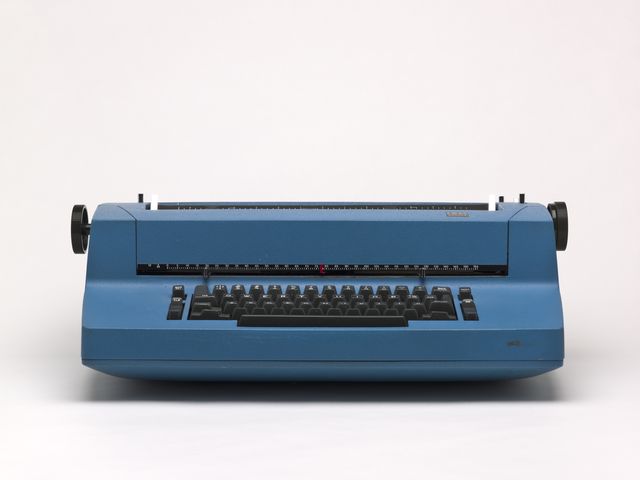- In the 1970s, U.S. intelligence believed the embassy in Moscow was leaking information.
- Repeated searches for a secret transmitter in the embassy turned up nothing.
- Finally, engineers discovered a typewriter with a transmitter hacked into it.
The Cold War spy drama that played out between the U.S. and the Soviet Union was the source of much ingenious spy technology. One of the most ingenious devices fielded by both sides was a typewriter designed to spy on the user, quietly transmitting its keystrokes to KGB listeners. The technology was an early form of keylogging but done entirely through hardware—not PC software
Charles Gandy, an electrical engineer with the National Security Agency, was charged with figuring out if the U.S. embassy in Moscow had been compromised. Counterintelligence had reason to believe that somehow, information was getting out that compromised American intelligence agents. Officials suspected a transmitter planted inside the agency, perhaps in the form of a listening device. Still, they had no concrete proof it existed, and sweeps of the embassy from top to bottom revealed no definitive transmitter.
But there was almost certainly something—a secret antenna was discovered behind a false wall. What transmitter was the antenna listening to? It had to be something inside the embassy.
The NSA eventually shipped all of the electronics located at the embassy back to the U.S. for study. They struck gold: parts inside an IBM Selectric typewriter had been cleverly duplicated but rigged to transmit the typist’s keystrokes. The typewriter still worked, but it also quietly broadcast the keystrokes, using Soviet over-the-air TV signals as a form of electronic camouflage. It was in effect a non-digital form of the keylogging malware that hackers install on PCs.
Rather than feel anger, Gandy reportedly felt a “kinship” with the Soviet engineers that had constructed the eavesdropping equipment. The equipment was so brilliantly designed and well hidden it commanded respect from those that discovered it. In the battle of wits between spies from both sides, a bugged IBM Selectric typewriter was just one of many salvos until the dissolution of the Soviet Union in 1991.
Source: IEEE Spectrum

Kyle Mizokami is a writer on defense and security issues and has been at Popular Mechanics since 2015. If it involves explosions or projectiles, he's generally in favor of it. Kyle’s articles have appeared at The Daily Beast, U.S. Naval Institute News, The Diplomat, Foreign Policy, Combat Aircraft Monthly, VICE News, and others. He lives in San Francisco.












